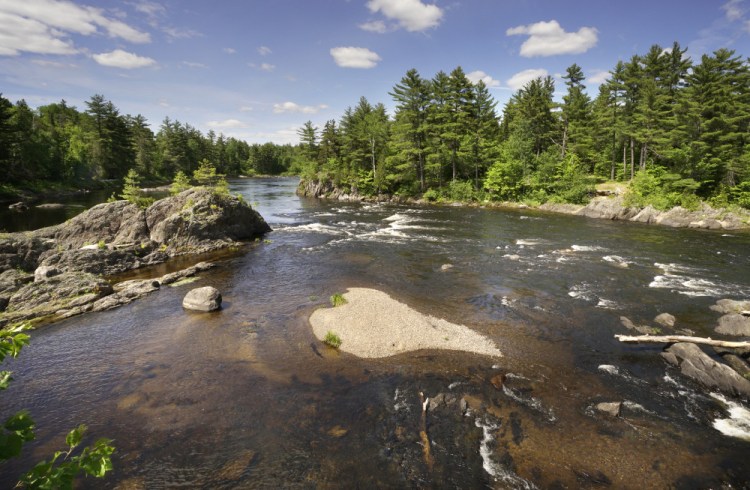Imagine that you are planning a vacation to Maine next summer. You think you might like to drive up the coast and visit Acadia National Park, “where the mountains meet the sea.”
And after that, you think you might like to drive west to get the feel of a massive forest, maybe even see a moose in the wild.
A trip to Katahdin Woods and Waters National Monument would do the trick: It’s a place where you can hike, bike, canoe or just drive your car while soaking up the forest atmosphere. The plan is sounding great.
And then you read that Interior Secretary Ryan Zinke is proposing to add “active timber management” to the list of allowable activities in your vacation destination. In other words, the forest you want to visit may or may not be standing when it’s time for your trip.
How does that plan look now?
It could be even worse. Say you’re considering investing in the Katahdin region, maybe opening a restaurant or an inn. Again, you will have to think twice about making a commitment, knowing that the future of the park, and its attractiveness to visitors, are uncertain.
And that uncertainty is the biggest danger of the destructive and unnecessary process that has been unleashed on the region by the Trump administration and its allies here in Maine. Tentative steps toward expanding the outdoor recreation economy in an area that has been devastated by the loss of papermaking, its core industry, will be set back again by politicians who want to thump their chests.
Vague promises about logging the 87,000 acres — less than 1 percent of the 17.8 million-acre forest that surrounds it — won’t save many jobs in the increasingly mechanized forest products industry. But even before a single tree is felled, the word is out to potential visitors and people who want to host them that there could be nothing to see after a very long drive.
Zinke’s recommendation is part of a document that was leaked this weekend, so there may be time for the secretary to revise his position.
The Katahdin region deserves a chance to see if a different approach to economic development will work. The people who have seen their communities abandoned by the paper industry deserve a chance to find out whether increased visits to the monument will boost the development of local businesses, repopulate neighborhoods, put kids in the schools and create other opportunities to live and work.
Even people who initially opposed the idea of a federally managed park in the Maine woods were ready to give it a try. But with constant political interference, it won’t have much of a chance.
In a few months, people will start making their summer plans for 2018. It would be nice if we could help them decide to come to Maine.
Send questions/comments to the editors.



Comments are no longer available on this story